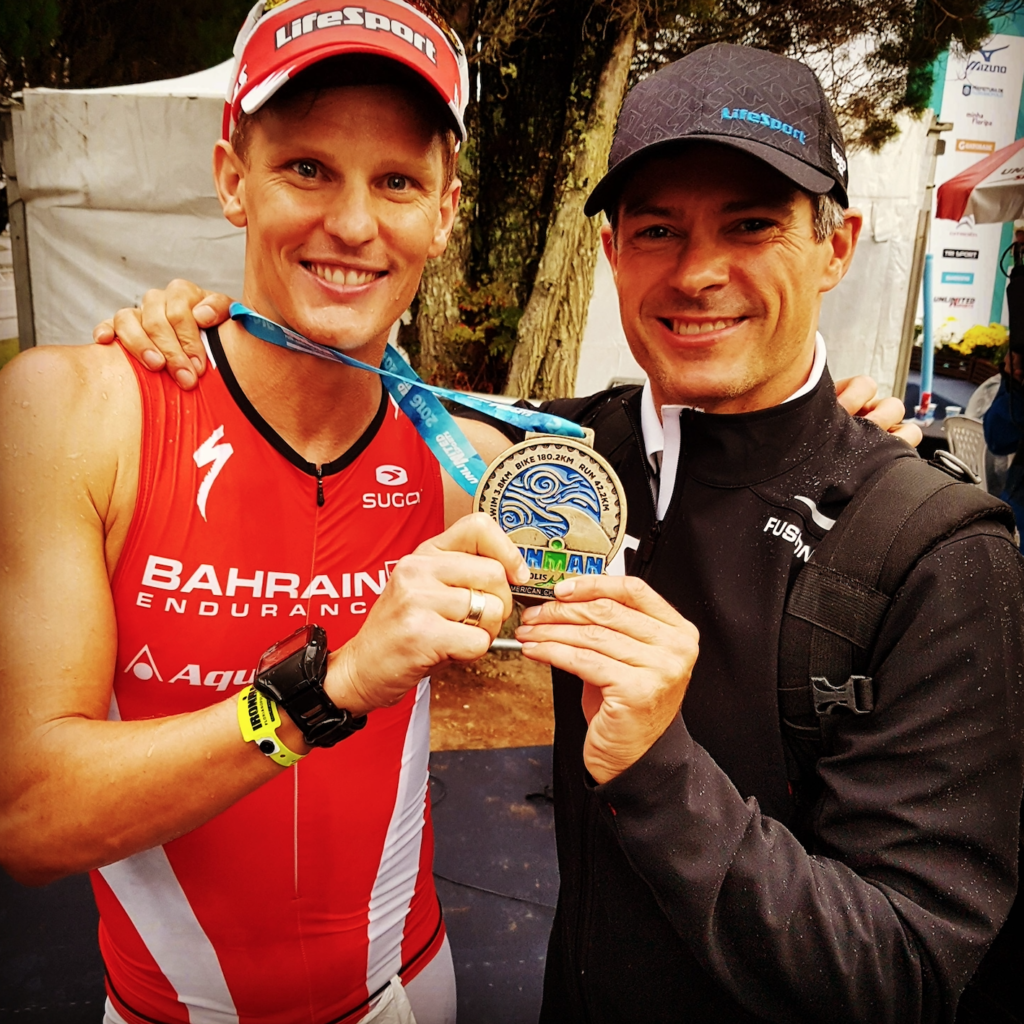Over the last 30 years I’ve had the good fortune of working with many successful champion athletes, both professional and amateur. During that span I’ve seen talented athletes have middling careers and alternately, I’ve seen promising athletes have long and fruitful careers. This is largely due to the habits that they create with their day in and day out focus. The groundwork for excellence is laid in practice. We build habits around practice and those habits are replicated on the racecourse. While fitness is a critical component, as important is learning how to process discomfort and problem-solve competitive or logistical challenges to maximize personal performance.
PRE-PRACTICE HABITS.
How an athlete mentally prepares for practice greatly impacts their performance quality. It starts with attitude. Attitude is a decision. While some days are harder than others, the ability to partition life stress and tune into your optimal performance zone – that level of activation and focus you need to be on task – is a practiced skill. Focus on and replicate your positive, on-task training days; Decide to add this skill set to your mental tool box to call on at-will.
Goal setting before practice, both process and outcome, help you hone focus. To refine this, make sure you know the purpose of the practice. What energy system are you emphasizing? What biomechanics are you focusing on? How fatigued should you be by the end of practice? Spend time visualizing efficient movement before practice. Watching video of high performers is a good trick to get you in the zone.
IN PRACTICE ENVIRONMENT
I have found the most consistent performers are able to combine fun with focus. They’re excited about the practice, energized about the challenge of the day, and looking forward to connecting with their peers at the venue. Experienced athletes work with their coach and their teammates to strategize how to best execute the practice at hand. They take a cooperative approach. There may be internal competition, but that is coupled with a sense of camaraderie. An athlete who has trained in well-coached, high-performance practices knows that during “on” days they have something to give to their teammates, and during “off” days that feel harder, they rely more on their teammates to pull a little bit more out of them.
LOGISTICS
A critical part of a successful practice is logistics. By being organized and creating storage and preparation systems, equipment details are not overlooked. While this may seem like basic advice, pre-organizing multiple gym, swim or run bags, having a charging spot for your technology, ensuring bike helmets and equipment are stored in proximity, or pre-packing your training day (and maybe the car) the evening before allows you to have logistics dialed in so that you spend less time pulling equipment together and more time mentally focusing on the day’s training.
Be disciplined about arriving early to practice, creating extra time in your day as a buffer so that you can properly stretch and cool down without stress about needing to be somewhere else. Sometimes an extra 10 minutes makes all the difference.
LOG IT
Being habitual also means logging workouts immediately after practice. Have that technology on hand. With so many simple mobile technologies available, uploading files can be done promptly to your training log, as can typed or voice-to-text commentary. Performance tracking allows you to see patterns in performance and to reflect on similar workouts. The ability to compare heart rate, power, and GPS side by side is a very specific way to analyze progress. High performers log their training and provide supplementary journaling so they can better learn from their practices and increase the probability of successful performance on race day.
KEEP YOUR BODY TUNED
The last critical piece of maximizing performance gains from practice is body preparation and maintenance. Carve out time to stretch properly and add bi-weekly standalone sessions to work on mobility. Incorporating foam rolling, massage balls, muscle stim, compression boots, and massage theraguns all help keep the body tuned and ready to work. Outside of practice, other therapies such as massage, physio, acupuncture and chiro are integrated by elite athletes as part of their regular regime, not only as a means to heal after injury.
Be systematic about the way you warm up. Test what kind of warmups best activate you so that you may simulate them on race day. Start really easy – many athletes start too fast, particularly in the first third of their warmup. Warm up your neuromuscular system through activation drills and race specific movements for very short periods of time, for instance 20 to 30 seconds.
Last, prepare your nutrition around the workout. Finish your easily digestible pre-meal at least two hours prior. Pre-prepare some carbs to consume within 30 minutes of finishing practice, such as a recovery shake. Have something healthy in the fridge or the cupboards for when you get home – complex carbohydrates and lean protein.
Attention to detail in the way you practice will allow you to pull out a few extra percentage points each session. The net result over the long term is maximizing your human performance potential.
This article was origially published in Training Peaks in February 2020.
Lance Watson, LifeSport head coach, has trained many Ironman, Olympic and age-group Champions over the past 30 years. He enjoys coaching athletes of all levels.
Juliet Thompson Hochman, LifeSport Coach, contributed to this article.
Contact Coach@LifeSportCoaching.com to tackle your first IRONMAN or to perform at a higher level.
Facebook: @LifeSportCoaching. Instagram: @LifeSport_Coaching . Twitter: @LifeSportCoach . Follow and tag #LifeSportCoach
